These days we’re suffering from pollution of the air. The whole northern Italy, as well as other parts of Europe, is covered with smog. In Italy, we’re worse off though, because we’re somewhat behind when it comes to regulations of polluting vehicles and burning of fossil fuels. Even though the idea of driving cars on natural gas as in CNG, LNG, and LPG is originally Italian, we haven’t implied new research to come up with a system to resolve the pollution in a good way.
Regional differenses
In the south, they’re better off, even though the situation is maybe worse there when it comes to cleaning exhausts from factories and vehicles. We, in the north, have more industry, we have more people with more cars and the climate is worse… It’s colder so we need to burn more fuel to warm up our houses, and it’s less windy. Especially in the Po-valley, it’s particularly calm.
 Every city tries to fight pollution of the air in different ways, but it always comes down to the restriction of traffic. And there are two substantial ways to reduce the smog.
Every city tries to fight pollution of the air in different ways, but it always comes down to the restriction of traffic. And there are two substantial ways to reduce the smog.
- Close the city center for cars during peak hours, when working people are in movement and the traffic is heavy.
- Block the overall traffic with limitations for the most polluting vehicles.
Measuring the pollution of the air
What they are talking about is the pm10 aka particulates. These are very small particles that enter the organism and can cause asthma, lung cancer, respiratory diseases, cardiovascular disease, premature delivery, birth defects, low birth weight, and premature death. Not very nice in other words.
The levels that they’ve detected in various regions in the north of Italy, are way over the limits and way over what could be regarded as safe by any standard. It’s bad. Interestingly the city of Turin has decided to ban even diesel engines labeled Euro5. That means that cars as new as from 2014 (!) could be denied circulating.
But this is not the first time we’re in danger. It happens every winter. And the reason, apart from the obvious lack of filters and systems to clean exhausts, limitations of the traffic and simply the use of industrial processes that do not pollute the air to this extent – is the climate. Because in winter the air is cold. And the little breeze we might have in summer, spring and autumn, stops completely in winter. Even without the pollution, we have bad, humid, and windless air. And it’s already misty and smog-like even before we fill it with pm10.
So is it worse in Venice? … Or is it maybe better out there in the lagoon?
Actually, I couldn’t say: It depends on the winds.

The mainland inside of Venice is very crowded. It’s full of people, houses, streets, and cars. And there’s the big, ugly, dirty, and disorderly Porto Marghera. The Venetians tend to blame everything on Porto Marghera. At least when it comes to polluting issues. The Harbor is foul, everybody knows that.
But the truth is that nowadays the biggest environmental problems are not simply connected to the industry like it was in the past. The filth comes from various sources. The industry is one big part but it is not alone.

For example, Some time ago we had readings of pm10 the were more than 20 times over the limit – 1000 micrograms/cubic meter… And the reading came from… Sant’Elena in eastern Venice. And Sant’Elena is a beautiful, calm, and isolated rural area. A place where you could never imagine any significant pollution. All the same, the air was much more polluted there than inside the Porto Marghera.
Obviously, the wind brought the pm10 in a straight line over Venice to Sant’Elena. And the pollution in the air came from Mestre, Porto Marghera, from the boats but most of all did it arrive from the cruise ships that laid anchored at Tronchetto. Because the day after the levels were down to normal again.
The answer is blowing in the wind…
So if you look at Venice on the map, it is actually very close to Porto Marghera. And it is very close to both Mestre and the surrounding areas. It all depends on where the wind blows. One must remember though that inside the lagoon there isn’t much of the coastal breeze that cities like Trieste, Ancona, and Pescara have.
I remember after the Chernobyl catastrophe (… Yes I’m that old), some areas in northern Europe got all the radioactive fallout, even though it was very far from the reactor. The wind brought it all up in the atmosphere and then it fell down randomly in places very far away. And I remember something about salmons in Canada being radioactive after the Fukushima smelt-down… Even years after.
So the conclusion is always the same… We are all connected. If shit happens in one part of the world you’re never safe no matter where you are. Because… Right… We are all connected. If we like it or not.

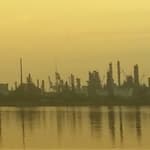
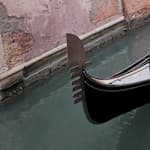
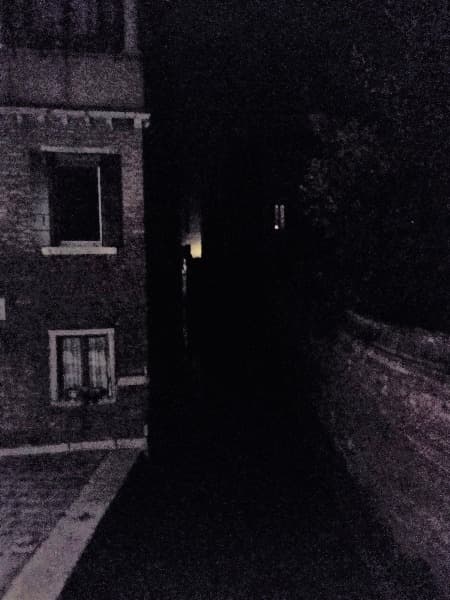

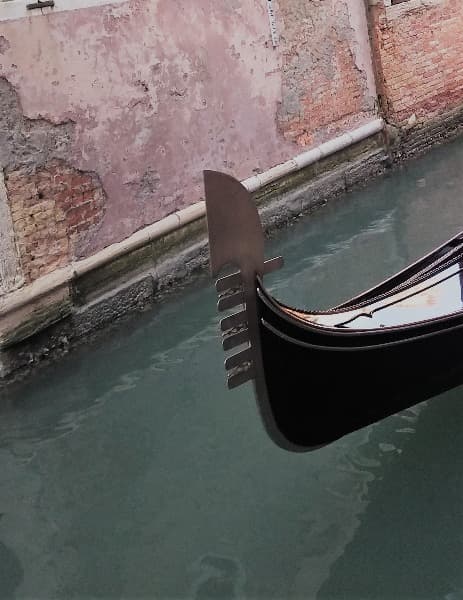 The father had a different way of calling out before a turn on the canal. While other Gondoliers did the common OEH! every time they closed in on a bend, he shouted EOH!. Maybe as a protest against the rules and conventions of the profession.
The father had a different way of calling out before a turn on the canal. While other Gondoliers did the common OEH! every time they closed in on a bend, he shouted EOH!. Maybe as a protest against the rules and conventions of the profession.
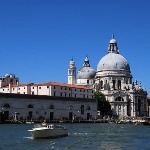
 The impressive cathedral on the south side of the inlet to Canal Grande from the south, close to Punta della Dogana (, where there is a museum for contemporary art, which I can recommend.) is called Santa Maria della Salute. This church is the central piece for the most Venetian of all the Venetian holidays, Festa della Madonna della Salute, The Virgin of health festival… or something in that direction, the 21st of November.
The impressive cathedral on the south side of the inlet to Canal Grande from the south, close to Punta della Dogana (, where there is a museum for contemporary art, which I can recommend.) is called Santa Maria della Salute. This church is the central piece for the most Venetian of all the Venetian holidays, Festa della Madonna della Salute, The Virgin of health festival… or something in that direction, the 21st of November.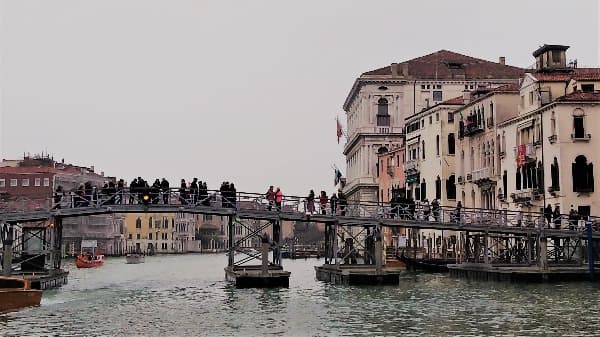 This was a particularly violent bacteria and the deaths were so fast and so unpredictable that many people died where they stood. Within a month the streets and campi were practically
This was a particularly violent bacteria and the deaths were so fast and so unpredictable that many people died where they stood. Within a month the streets and campi were practically  To build the church it took some 50 years, but finally the 21st November 1687 it was consecrated. From that day, every year the Festa della Salute is celebrated right there and a temporary bridge is constructed from the San Marco side to Dorsoduro, just like a bridge from San Marco to Giudecca is set up at Redentore.
To build the church it took some 50 years, but finally the 21st November 1687 it was consecrated. From that day, every year the Festa della Salute is celebrated right there and a temporary bridge is constructed from the San Marco side to Dorsoduro, just like a bridge from San Marco to Giudecca is set up at Redentore. This holiday of Santa Maria della Salute is the most Venetian of all the local holidays. It has an interesting story also in reasonably modern times. Every city has its own patron saint. Venice has Saint Mark’s, and by chance, it happened that the national holiday The Liberation Day, in remembrance of the end of
This holiday of Santa Maria della Salute is the most Venetian of all the local holidays. It has an interesting story also in reasonably modern times. Every city has its own patron saint. Venice has Saint Mark’s, and by chance, it happened that the national holiday The Liberation Day, in remembrance of the end of 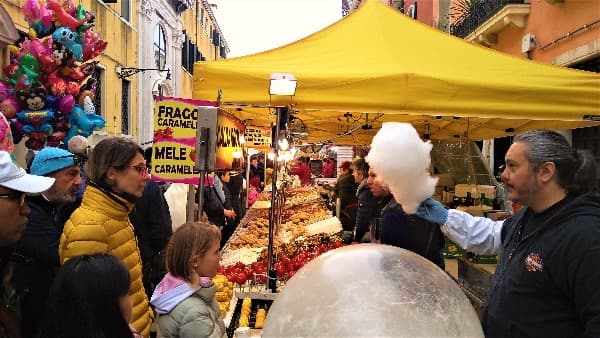 Another reason why it’s that local, genuine feeling is obviously that it’s in late November. That’s one of the very short low-season periods in Venice. So there aren’t all that many tourists around. Plus the fact that many come from the mainland just to celebrate la Festa della Santa Maria della Salute. From Mestre, Marghera and even from Rovigo, Conegliano, and Pordenone.
Another reason why it’s that local, genuine feeling is obviously that it’s in late November. That’s one of the very short low-season periods in Venice. So there aren’t all that many tourists around. Plus the fact that many come from the mainland just to celebrate la Festa della Santa Maria della Salute. From Mestre, Marghera and even from Rovigo, Conegliano, and Pordenone.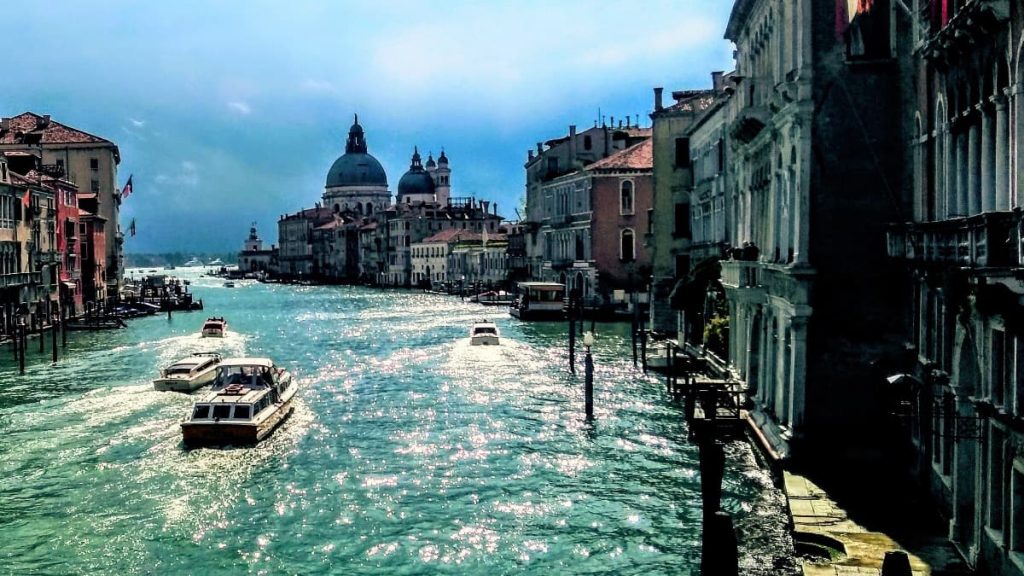
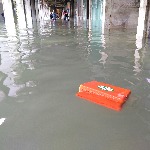
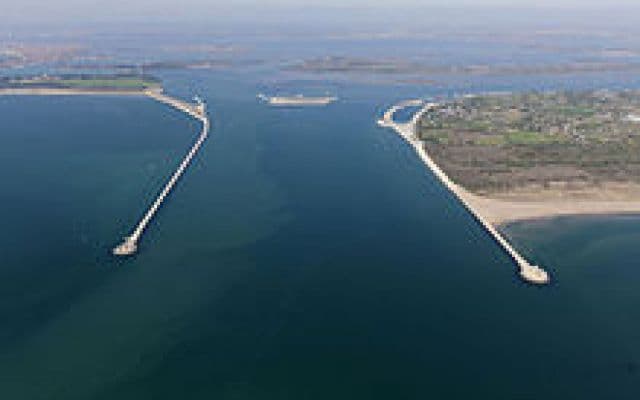 Facts about the MOSE project.
Facts about the MOSE project.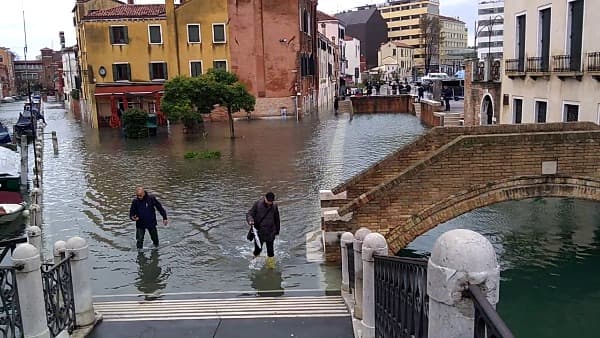 But wasn’t I supposed to write about the floods in Venice?
But wasn’t I supposed to write about the floods in Venice? The
The  It’s estimated that by 2100, land now home to 200 million people could sit
It’s estimated that by 2100, land now home to 200 million people could sit
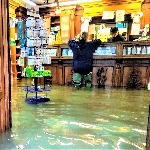
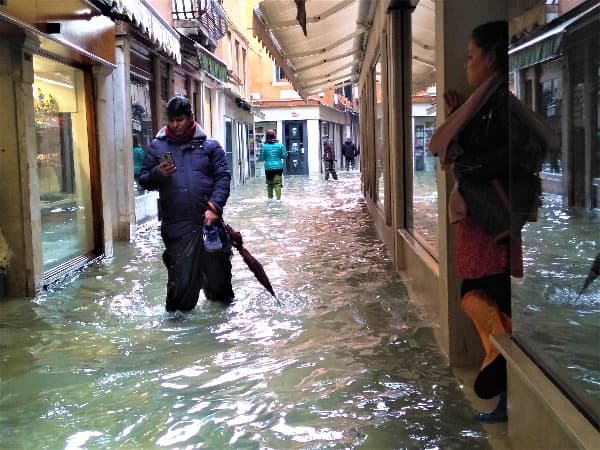 The origin is a series of water levels measured at Punta della Dogana, across the Canal Grande from
The origin is a series of water levels measured at Punta della Dogana, across the Canal Grande from 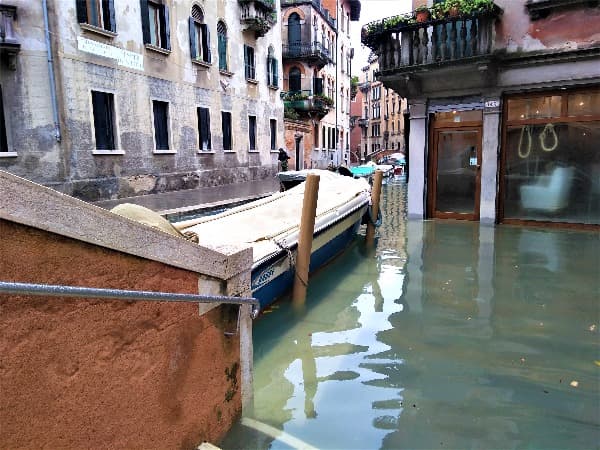
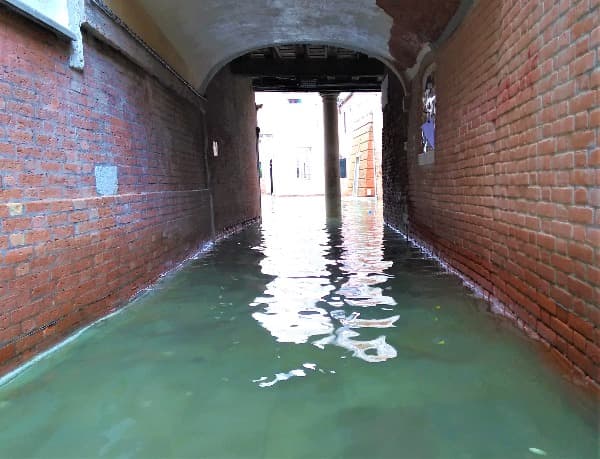 Of the highest 20 floodings of all times, 5 were in the two years 2018 and 2019. And 2019 isn’t over yet. Friday the 15th of November they have predicted another day with 145 centimeters, and on Sunday the 17th, there could be another extreme high water. We pray it doesn’t happen.
Of the highest 20 floodings of all times, 5 were in the two years 2018 and 2019. And 2019 isn’t over yet. Friday the 15th of November they have predicted another day with 145 centimeters, and on Sunday the 17th, there could be another extreme high water. We pray it doesn’t happen.